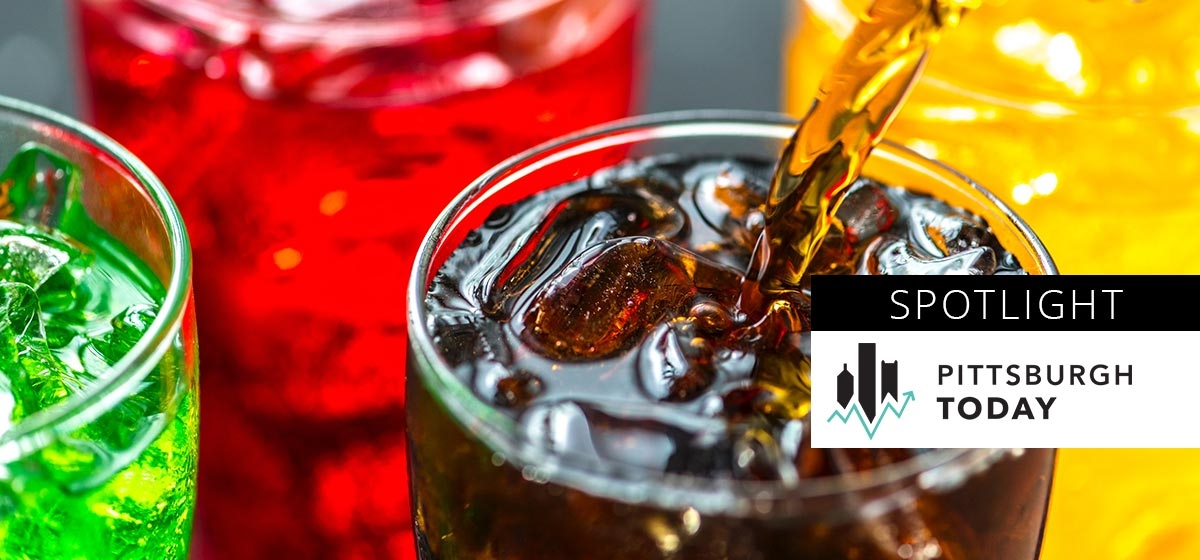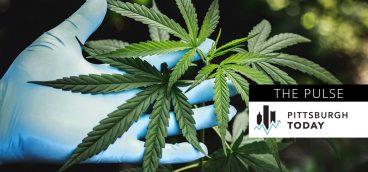Healthier, Wealthier and Wiser: Are Cities with Soda Taxes Better Off?

Improving city schools and parks may not have been novel campaign promises, but when it came to funding such aspirations, Philadelphia Mayor Jim Kenney had something new to say. He championed the Philadelphia Beverage Tax, a 1.5-cents-per-ounce tax on sweetened beverages to help fund schools, pre-kindergarten classes, parks and libraries.
Last year, Philadelphia became the second U.S. city after Berkeley, Calif., to adopt a sweetened beverages tax. Boulder, Colo., Seattle, Wash., and San Francisco, Oakland and Albany, Calif. have since joined them.
The new taxes attract opposition from the beverage industry and warnings that they could eliminate jobs and burden low-income families more than others.At the same time, emerging evidence suggests they have the potential to reduce public consumption of sweetened drinks and help combat high rates of obesity and diabetes seen across the nation.
Nowhere in southwestern Pennsylvania is there such a tax.
“Unlike wage or property taxes, it’s a tax that no consumer must pay,” said Mike Dunn, deputy communications director for the City of Philadelphia. “You have a choice: you can buy these non-essential, non-nutritious drinks or not. And keep in mind, distributors are not required to pass this tax on to dealers.”
In 2017, the Philadelphia Beverage Tax generated $78.8 million in additional revenue for the city.
Not so sweet for public health
Sugar-sweetened beverages—which include sodas, sports drinks and juices—are a major contributor to the country’s rising obesity rates. Studies suggest that consumption of sugary drinks, like soda, have risen along with obesity, diabetes and heart disease over the past 40 years and that cutting back on these sugary drinks helps people control their weight.
Throughout the country, “sin taxes,” such as those on tobacco and alcohol, have shown that increased taxation leads to decreased consumption. Today, with more U.S. cities and nations ranging from Hungary to Mexico taxing sugar-sweetened beverages, researchers are getting a better look at the impact they have on public health.
“A lot of this is figuring out how to get people to eat differently,” said Karen Hacker, director of the Allegheny County Health Department. “The strategy being if you can change the options around them, people will make different choices. You can try to disincentivize the kinds of things you don’t want people to eat and drink and the soda tax is one of those strategies. The issue with sweetened beverages is that it’s a lot of empty calories. And in some cases people are drinking four or five servings of soda in one bottle and they’re not even aware of it.”
Only one out of three adults in the Pittsburgh Metropolitan Statistical Area reported being a healthy weight in 2016, according to the most recent data from the Centers for Disease Control Behavioral Risk Factor Surveillance System. That number is on par with the rest of the country.
Being overweight or obese carries a higher risk of heart disease and diabetes. About 11 percent of the region’s population report having diabetes, according to CDC data. And such public health concerns are costly. The U.S. spends an estimated $190 billion a year treating obesity-related health conditions, according to a 2012 study in the Journal of Health Economics.
As obesity has risen, so has the consumption in sugary drinks. In the 1970s, sugary drinks accounted for about 4 percent of the daily calories consumed by Americans. By 2001, they accounted for about 9 percent, an American Journal of Preventative Medicine studied reported.
The link between consuming sugary drinks, weight gain and higher risk of type 2 diabetes is well established. For example, a decades-long study published in the Lancet showed that people who increased their sugary drink consumption by one can a day gained more weight than people who didn’t drink more.
Taxing behaviors
Research on the effectiveness of sweetened drink taxes is in its infancy compared to studies of taxes on tobacco, which have been enforced for decades.
“We have a lot data on tobacco taxes, ” Hacker said. “We can even tell you if you raise a tax by this much, this is the impact you will see in terms of public health impact and tobacco sales. We don’t have this information on sugar yet.”
More is being learned. Drexel University researchers report, for example, that within the first two months of Philadelphia’s tax, residents were 40 percent less likely to drink a soda every day compared to nearby cities, according to their study in the American Journal of Preventative Medicine. And the likelihood of Philadelphians consuming energy drinks was 64 percent lower than in other cities.
The World Health Organization, after examining fiscal policies around sweetened beverages in countries ranging from Mexico to Finland, concluded that a 20 percent increase in the price of sugary drinks would likely lead to a 20 percent reduction in consumption.
Choices matter
The future of soda taxes and their long-term effect on obesity and other disease rates is unclear. The key to the tax’s effectiveness lies in what takes the place of someone’s daily soda, Hacker said.
“The big question is, what do people replace those calories with? If they replace sugar-sweetened beverages with water, that’s great. But if they perceive sweetened iced teas and fruit juice as less calorie-dense and replace it with those, that’s not going to help.”
In the early months of Philadelphia’s tax, residents were 58 percent more likely to drink bottled water daily compared to other cities. And they were less likely to have soda and energy drinks. But no change was seen in their consumption of other drinks covered under the tax, such as sweetened tea and fruit juice.
NEXT WEEK, Spotlight looks at the legal, legislative and other challenges adopting a sweetened beverage tax would face in southwestern Pennsylvania, where doing so hasn’t been attempted.





